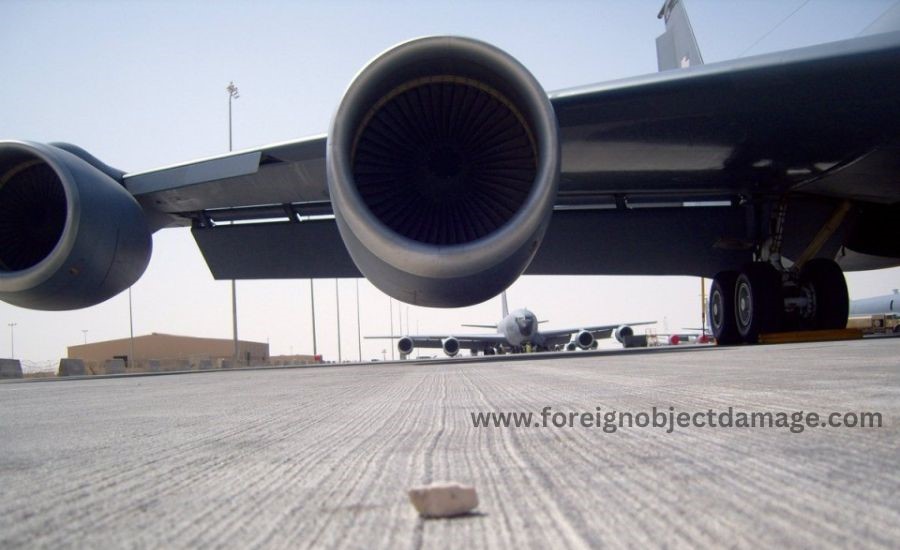Introduction
FOD, or Foreign Object Damage, is something you’ll often see at airfields and plane hangars. Simply put, it’s the risk of a foreign object, such as debris, interfering with the proper operation of an aircraft. FOD can cause anything from minor structural damage if it hits the wings or the chassis, or go so far as to cause engine trouble mid-air.
What’s worse, it can be difficult to detect and repair.
Airports are particularly susceptible to foreign object damage because aircraft are flying so close together that objects can easily be kicked out of the way by a passing aircraft or hit by another object being pushed around by the wind. As with all other risks, FOD can be mitigated by training and awareness, but it must be addressed in the design process.
Before we take a look at what Foreign Object Damage prevention systems are, we’re going to know a couple more things about the FOD risk itself and why you need to watch out for it.
Where Does the FOD Risk Come into Place?
Foreign object damage (FOD) is a big threat, seen everywhere from civilian airports to military aviation fields. It’s not just a problem for the aircraft; it’s also budget-busters for the companies that repair and maintain them.
The FOD risk doesn’t just apply to new aircraft; it can happen on older models as well. The most common type of foreign object damage is caused by bird strikes. Airplanes can also be damaged by other aircraft, missiles, or even people falling out of the sky.
The good news is that most of these incidents happen in flight and are not due to pilot error. However, what if your plane was damaged during landing? What if you were forced to make an emergency landing after the engine suddenly stopped working? What if you had to divert your flight because of weather conditions?
The NTSB Statistics
In a report by the National Transportation Safety Board, it was reported that there were over 5,000 cases of foreign object damage during the last decade. One of the most common types of foreign objects is debris from construction sites; this debris can range from concrete chunks to metal pieces, and can be found on roadways and around buildings. Another major source of foreign objects are trees that fall onto highways.
The NTSB also reported that they have received reports of foreign object damage at commercial airports as well as military airports in the U.S., Canada and Australia.
The Takeaway: Why You Need a Qualified FOD Prevention Plan
Foreign object damage is a major safety concern for airlines, especially when flying at high altitudes. It can cause great harm to both people and property, including aircraft engines. To reduce the risk of foreign objects damaging your aircraft, you should develop an FOD Prevention Plan (FPP).
The plan should include procedures that all employees must follow while working on or around airports; it will also help you identify any hazards before they become problems. Normally, FPP plans span across everything from proper clean up after maintenance to educating passengers and crews about the dangers of FOD. The plan should also include procedures for reporting FOD and how you will respond to it.

